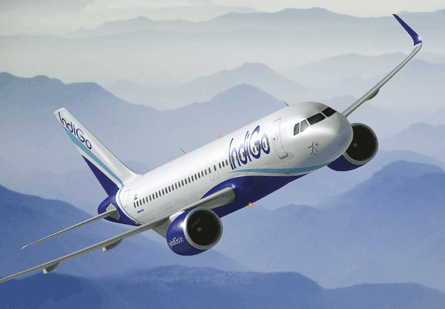Pratt & Whitney plans to boost the overall pressure ratio of its PW1100G geared turbofan engine for the A320neo to approximately 50:1, up 11% from the 45:1 ratio at takeoff for the PW1524G for the Bombardier CSeries, while further cutting the amount of parasitic cooling air for the turbines compared to the baseline CSeries engine.
Combined with an 206cm (81in) fan size, the pressure hike and reduced cooling air are key ingredients that will yield a 15% decrease in fuel burn for the PW1100G compared to a legacy CFM56-5B-powered A320, says the engine maker.
P&W is currently in the preliminary design phase for the turbofan, the fourth family member for the geared engine after the Bombardier CSeries, Mitsubishi Regional Jet and Irkut MS-21. P&W next-generation product family vice-president Bob Saia says the neo programme will be fully staffed early next year, with first engine to test (FETT) by the end of 2012.
Airbus has received 332 firm orders and commitments for the A320neo and A321neo to date, with P&W winning 240 airframes with the PW1100G over rival CFM's Leap-X offering. Engine options for the remaining 92 orders have not been announced.
 |
|---|
©FLIGHTGLOBAL |
Unlike the previous engines, the PW1100G is not a direct scale-up of the core. "It's scaled with technology insertion," says Paul Adams, P&W senior vice president of engineering.
From a design standpoint, the additional pressure increase over the 1524G will come from the low pressure compressor (LPC), which will act like a supercharger for the neo, says Adams. In order to keep temperatures in check at the two stage high-pressure turbine (HPT), P&W is developing new single-crystal nickel airfoil blades, disk alloys and thermal barrier coatings as well as casting techniques for better cooling, some of which were developed for the CSeries and refined for neo.
Adams says another advantage of the gearing system, beyond a boost to propulsive efficiency, is that it allows P&W to run "substantially cooler" than its competitors at the combustor exit. The lower exit temperature, combined with the better cooling techniques and technologies for the turbine section, means the PW1100G will require 5% less turbine cooling air from the compressor compared to the PW1524G, which itself requires 20% less cooling air "than we have historically used", says Adams.
P&W is working with Portland, Oregon-based Precision Castparts to develop the casting technologies and subsidiary HMI Metal Powders for the new turbine alloy disks.
Source: Air Transport Intelligence news
















